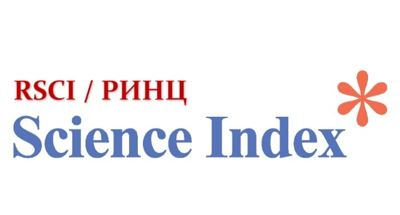Comparison of standards and methodology of determining the coverage area of the digital terrestrial broadcasting network DVB-T and DVB-T2
Views: 102 / PDF downloads: 71
DOI:
https://doi.org/10.32523/2616-6836-2018-122-1-13-18Abstract
The DVB-T system is the most widespread in the world and represents the latest modulation and coding technologies, which provides the transmission of audio and video services to subscribers. The DVB-T2 system, like DVB-T, uses the OFDM digital modulation scheme for signal stability and offers several modes to make it as flexible as possible. The DVB-T standard uses OFDM modulation as the base one, due to which unique properties are achieved with regard to the possibility of building single-frequency networks (SFN), providing a low required carrier-to-noise
ratio (C / N), a high degree of protection from multipath and low sensitivity to the Doppler effect (when taking in motion).The article compares DVB-T and DVB-T2 digital terrestrial television broadcasting standards, provides a comparison table of transmission modes and explanatory figures for the spectra of digital signals.









